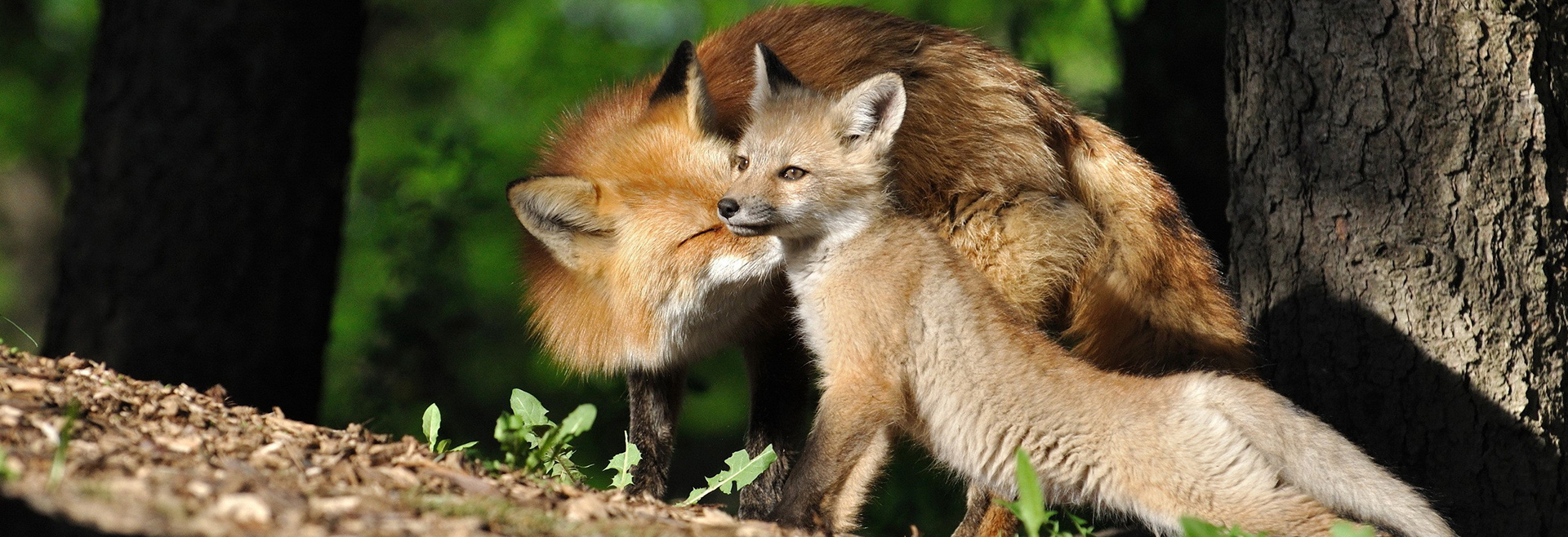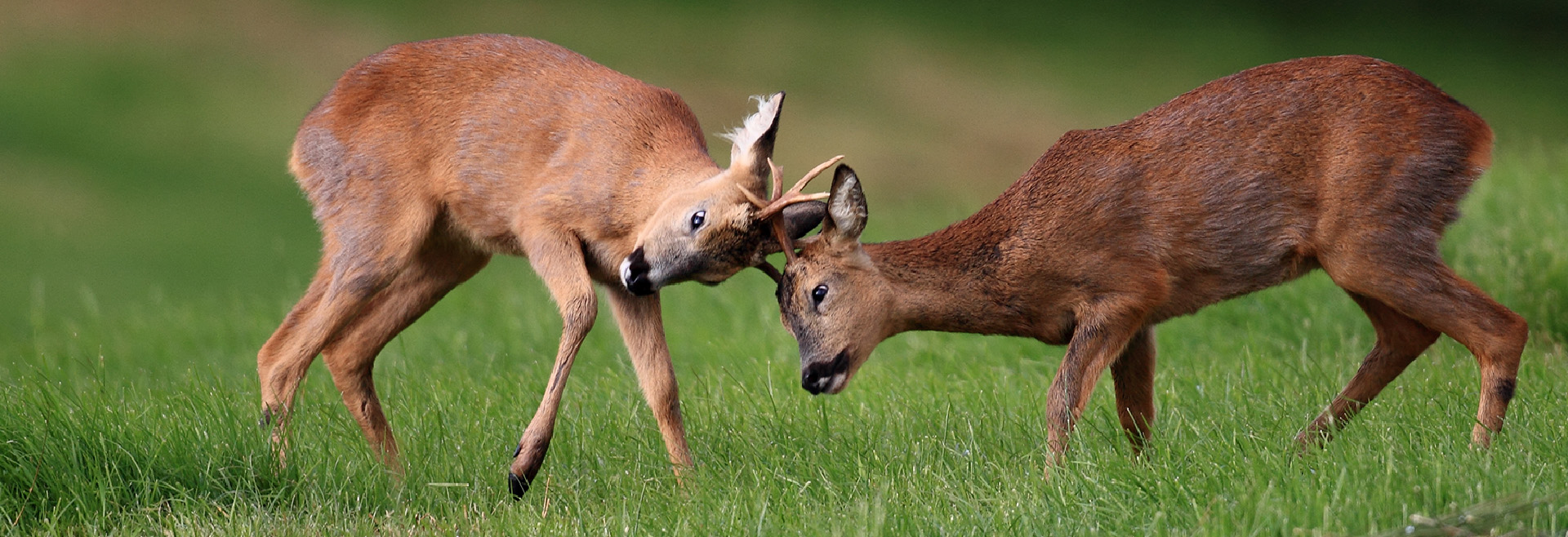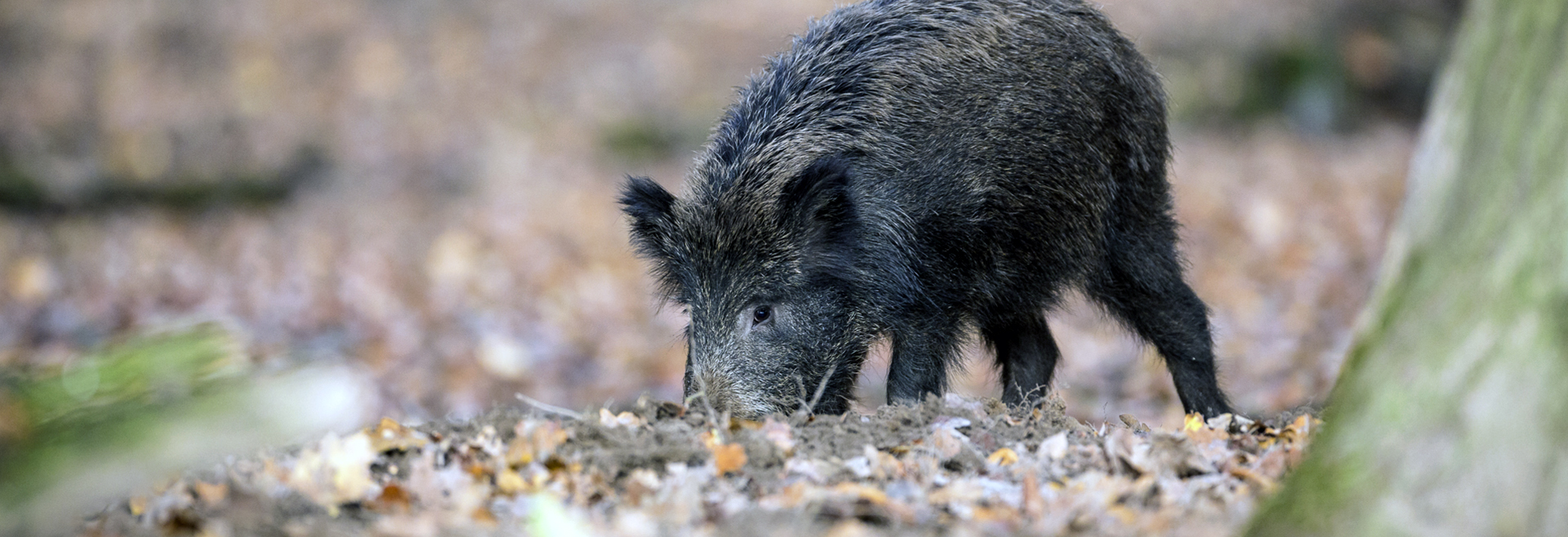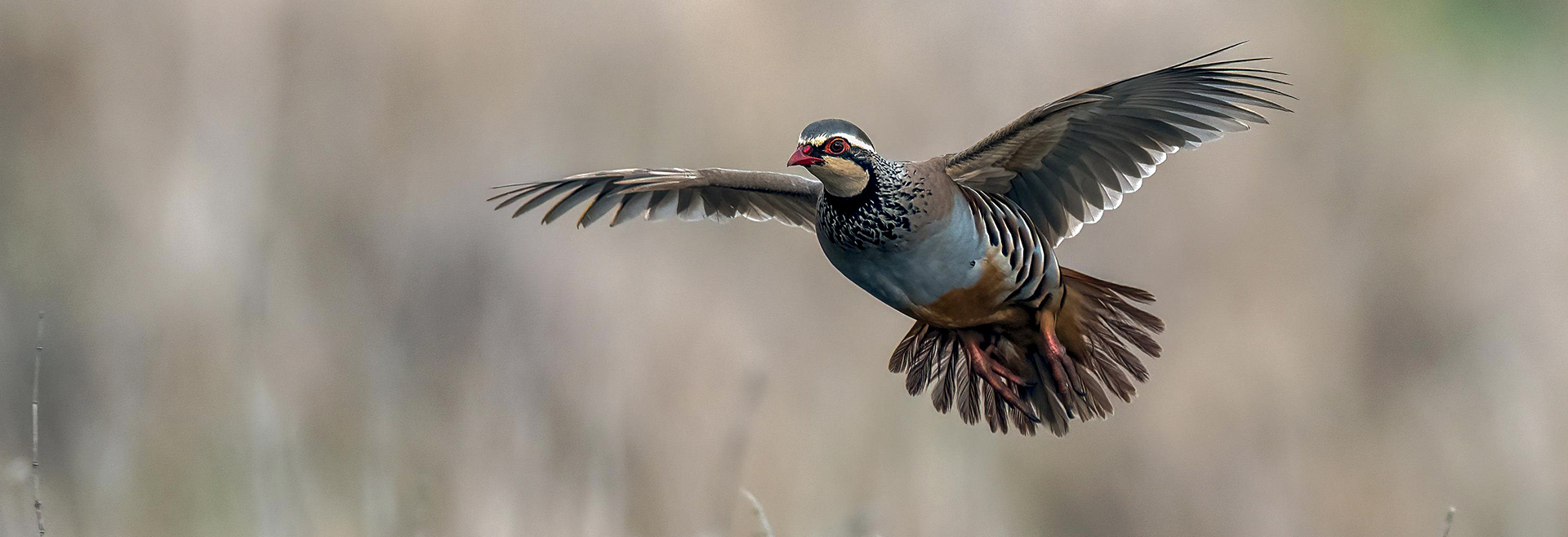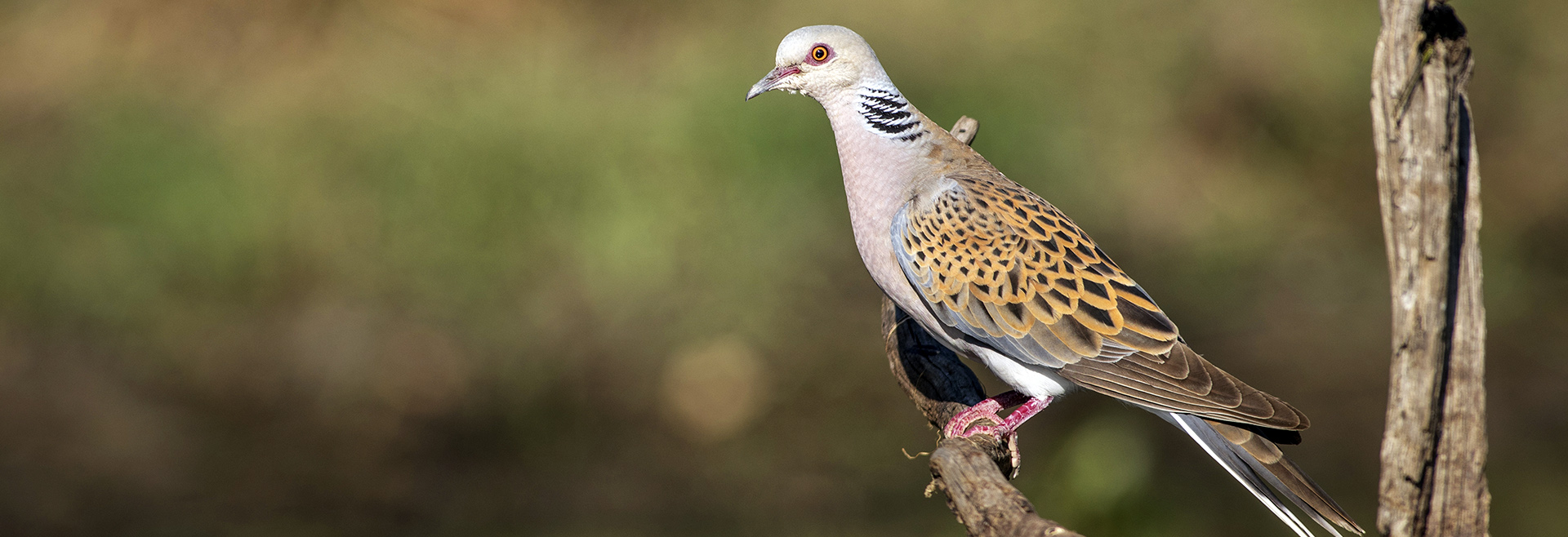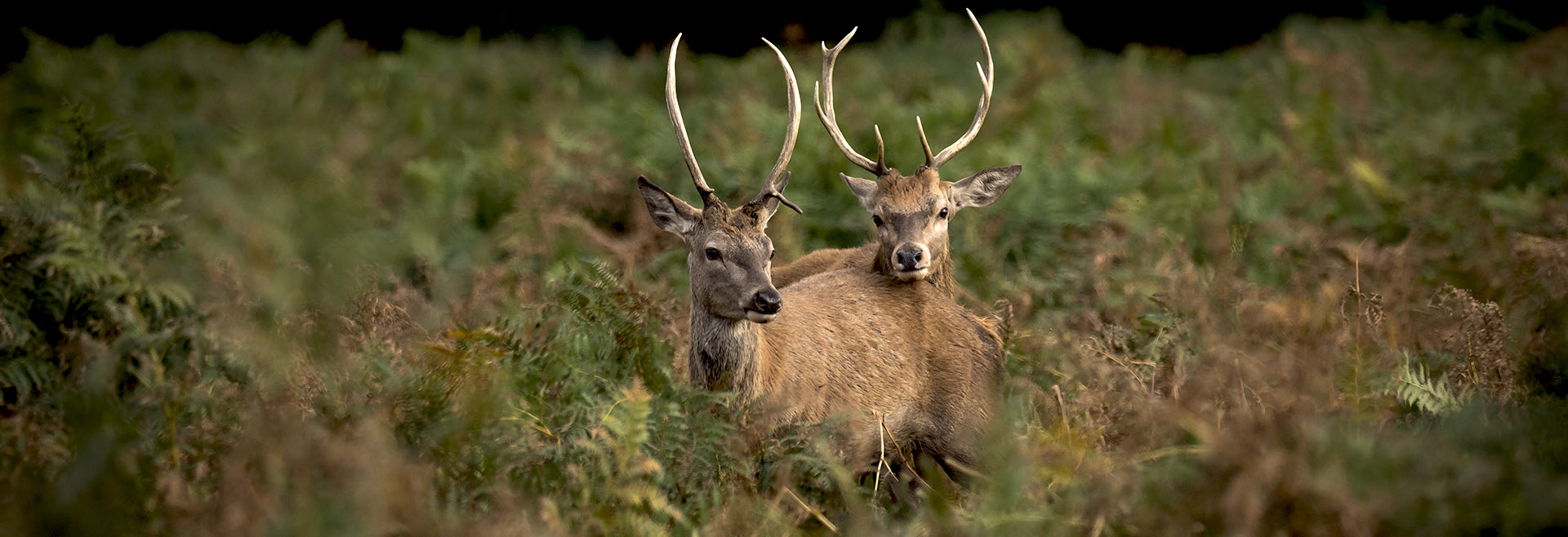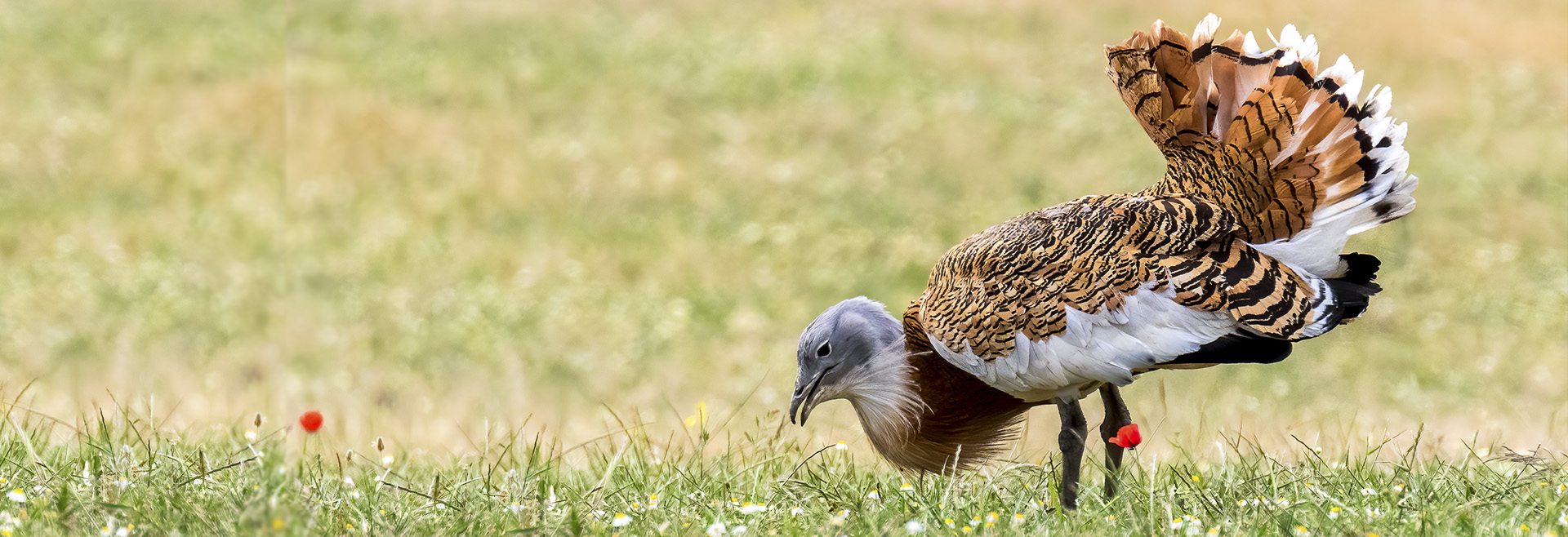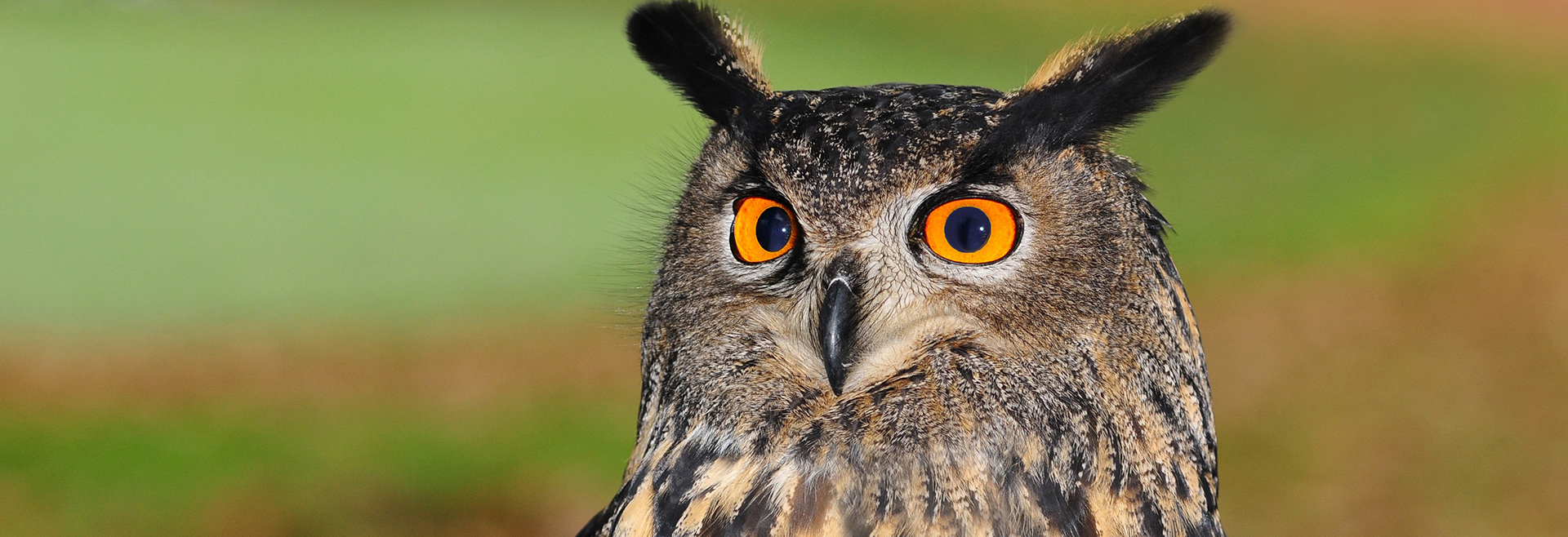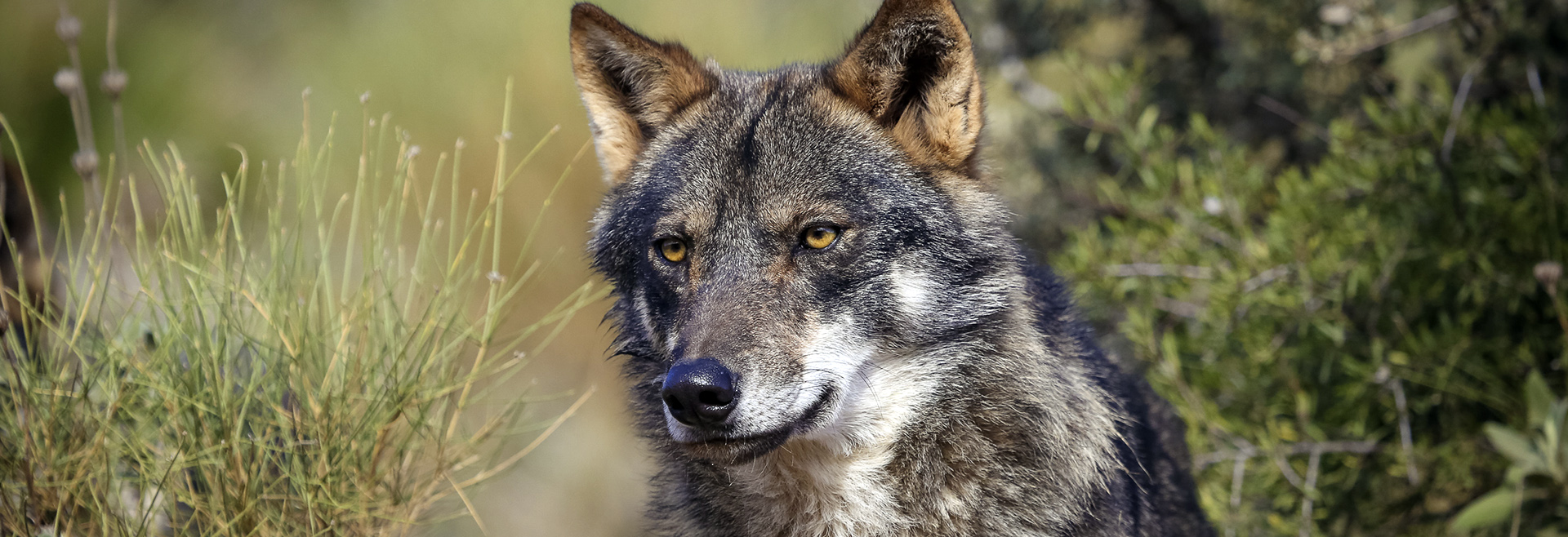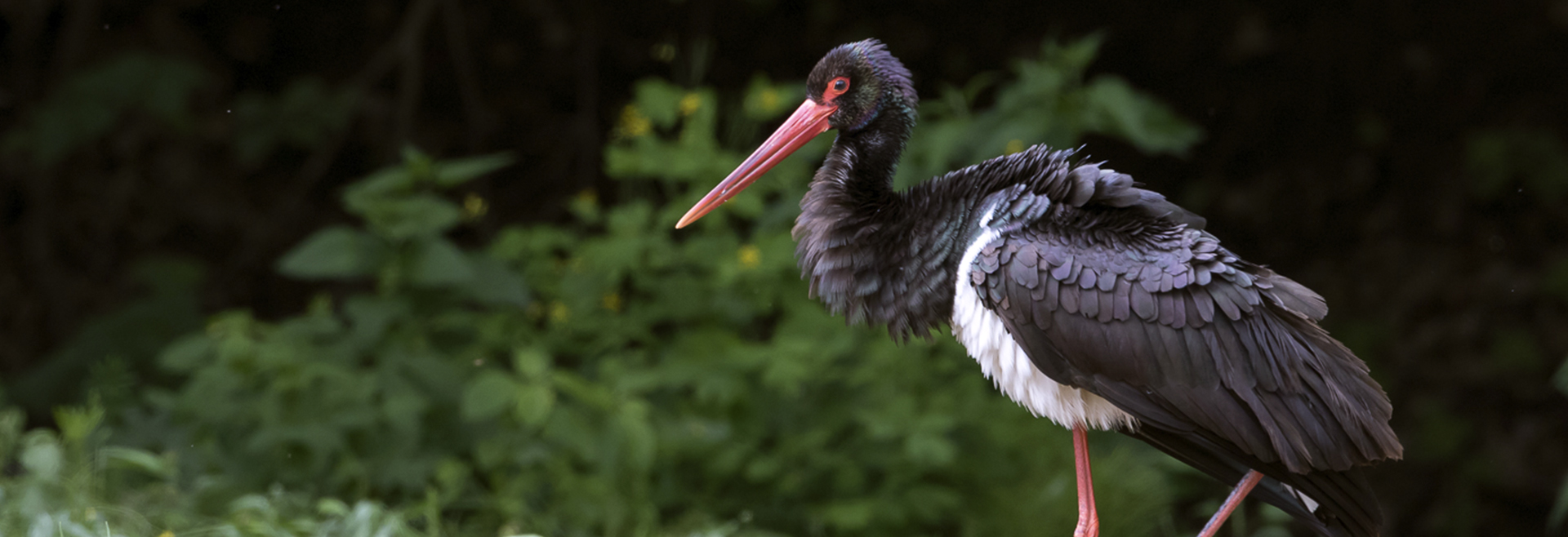MIRU-VNTR typing adds discriminatory value to groups of Mycobacterium bovis and Mycobacterium caprae strains defined by spoligotyping
-
PMID20045269
-
RevistaVeterinary Microbiology
-
Volume e Páginas143, 299–306
The value of Mycobacterial Interspersed Repetitive Units-Variable Number Tandem Repeats (MIRU-VNTR) as a genotyping technique for Mycobacterium bovis and Mycobacterium caprae, has been confirmed in different countries and epidemiological scenarios. However, a standardized panel of loci has not yet been adopted for these species, since allelic diversity of each locus differs among countries. To determine the most discriminatory loci, a panel of 181 M. bovis and M. caprae strains representing 12 spoligotypes was created. The panel included strains from the three predominant spoligotypes previously isolated in Portugal; strains from spoligotyping group SB0140, prevalent in the British Isles but also detected in Portugal; strains from spoligotypes common to cattle and wildlife species and strains from the M. caprae spoligotyping group SB0157. MIRU-VNTR analysis of these strains, targeting 8 selected loci, produced 87 different profiles (h=0.99), being VNTR3232, QUB11a, ETR-B and ETR-A the most discriminatory loci (h=0.96). A single M. bovis spoligotyping group could be differentiated - up to 44 MIRU-VNTR profiles. These results emphasize the high genotype diversity of Portuguese isolates compared with other countries. MIRU-VNTR typing was superior to spoligotyping for identifying multi-genotype infected herds and the combination of the two genotyping methods by a hierarchical approach confirmed the genetic relatedness of M. bovis isolates between cattle and wildlife.
-
Palavras-chaveMIRU-VNTR typing; Spoligotyping; Mycobacterium bovis; Mycobacterium caprae; Bovine tuberculosis


